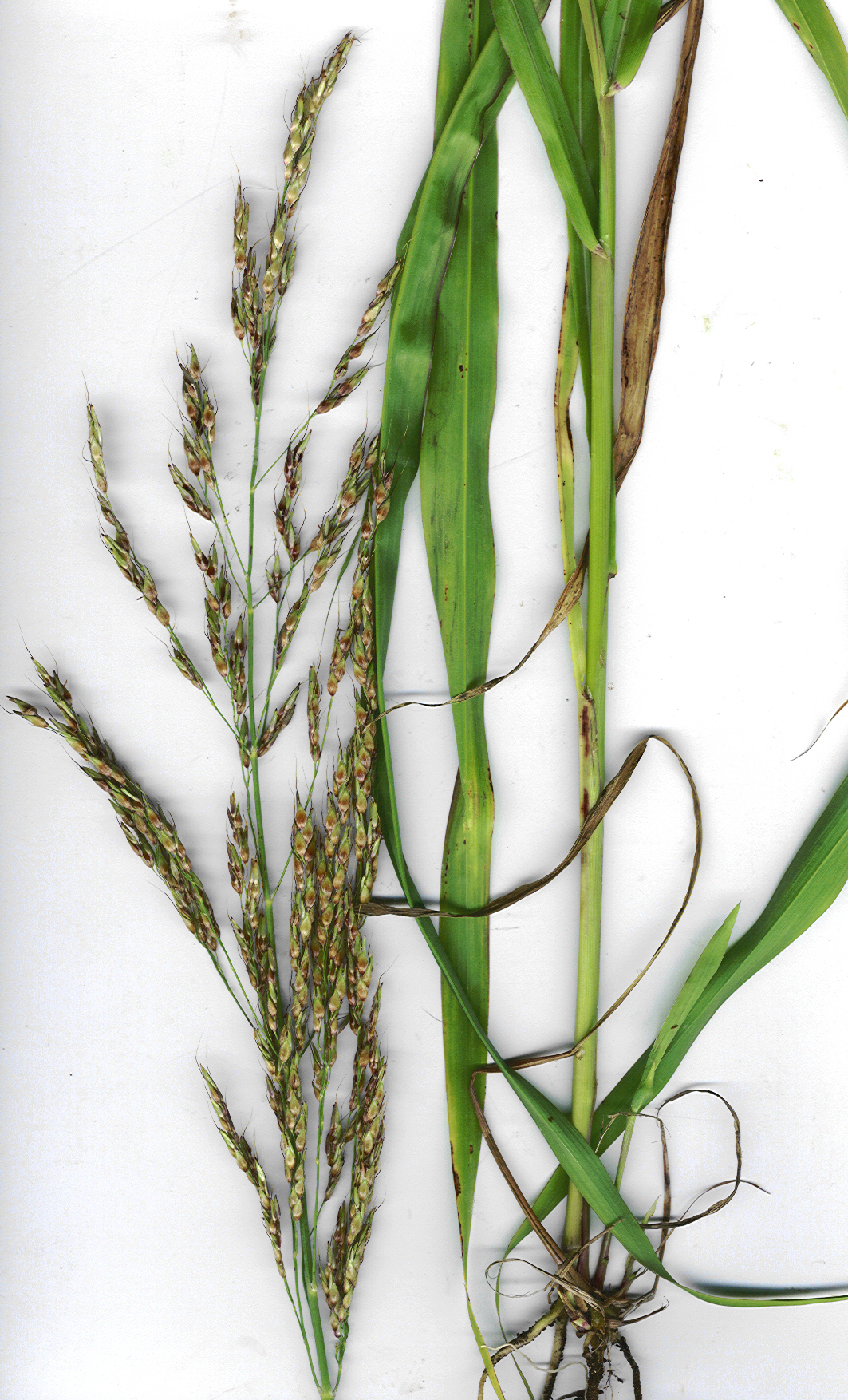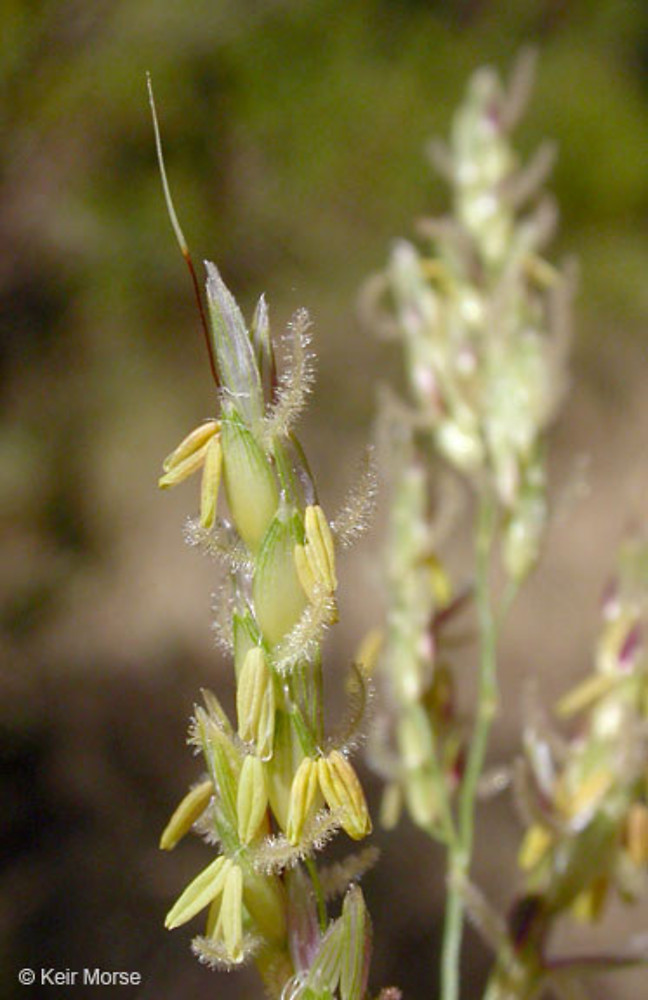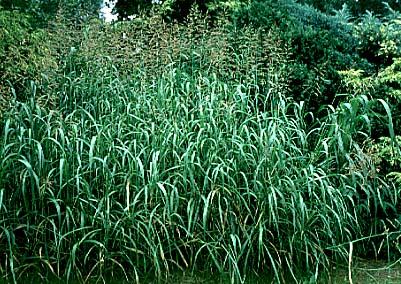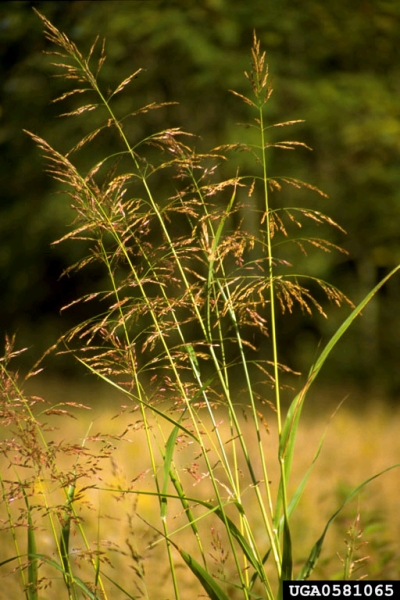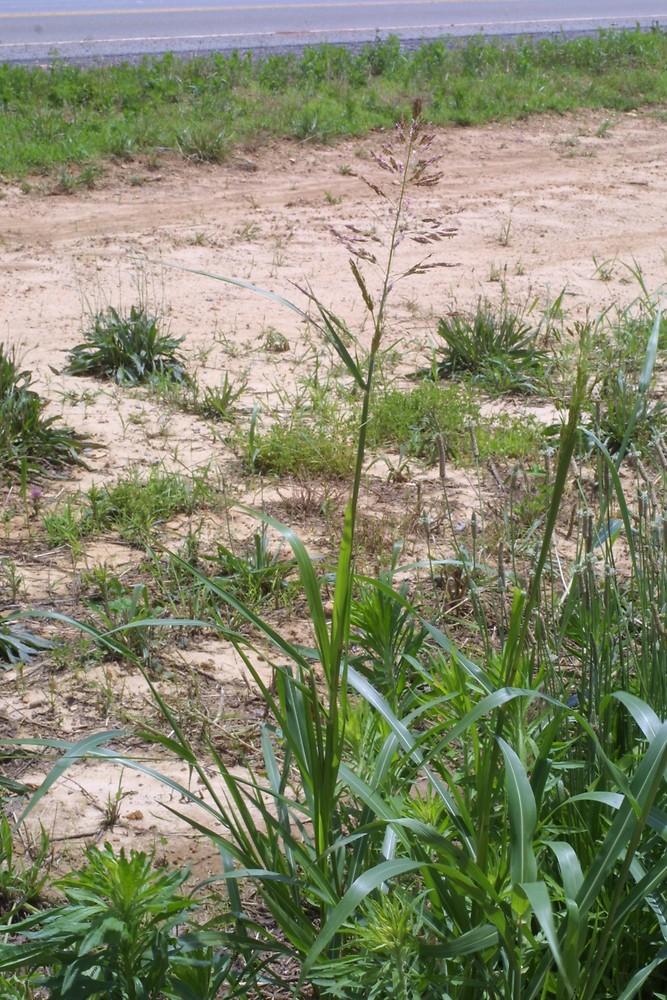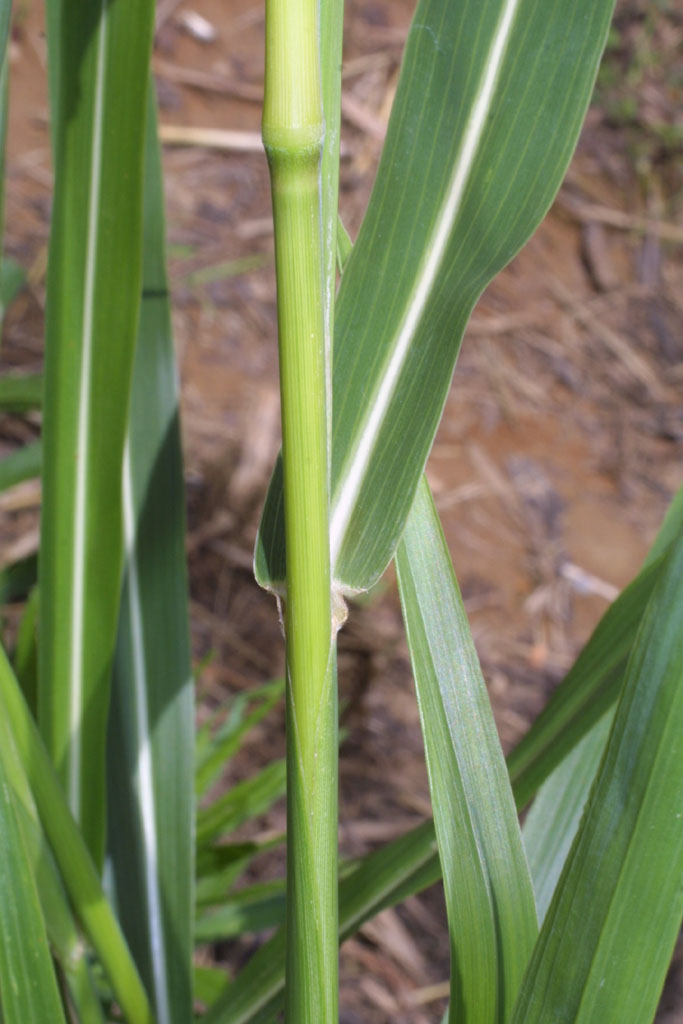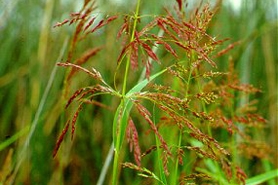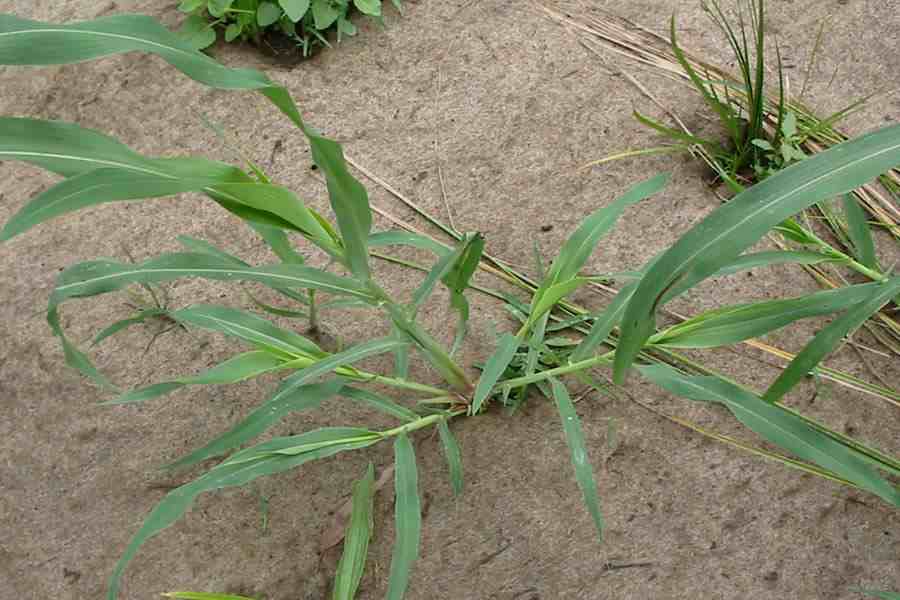S Halepense

By the end of the 19th century johnson grass was growing throughout most of the united states.
S halepense. Bicolor 11 70 72 206. Halepense is a perennial grass which can be cultivated for fodder but is also an extremely invasive weed with a worldwide distribution. It reproduces by rhizomes and seeds. Whistler 1988 identifies it as s.
Johnson grass or johnsongrass sorghum halepense is a plant in the grass family poaceae native to asia and northern africa. Sorghum halepense is a cosmopolitan weed thought to be native to the mediterranean region but with controversy over its origin. The plant has been introduced to all continents except antarctica and most larger islands and archipelagos. Its extensive spreading rhizome and shoot system and high rate of seed production make it extremely invasive and difficult to eradicate.
Poaceae 49 70 72 93 109 111 149 176 184 194 200 201 204 206. This grass has a tendency to spread aggressively and is considered invasive in the southeast and north carolina. It was introduced to the united states in the early 1800s as a potential forage crop. There is some question as to whether or not the species in western polynesia is s.
It can become weedy in disturbed areas of fields and roadsides.
